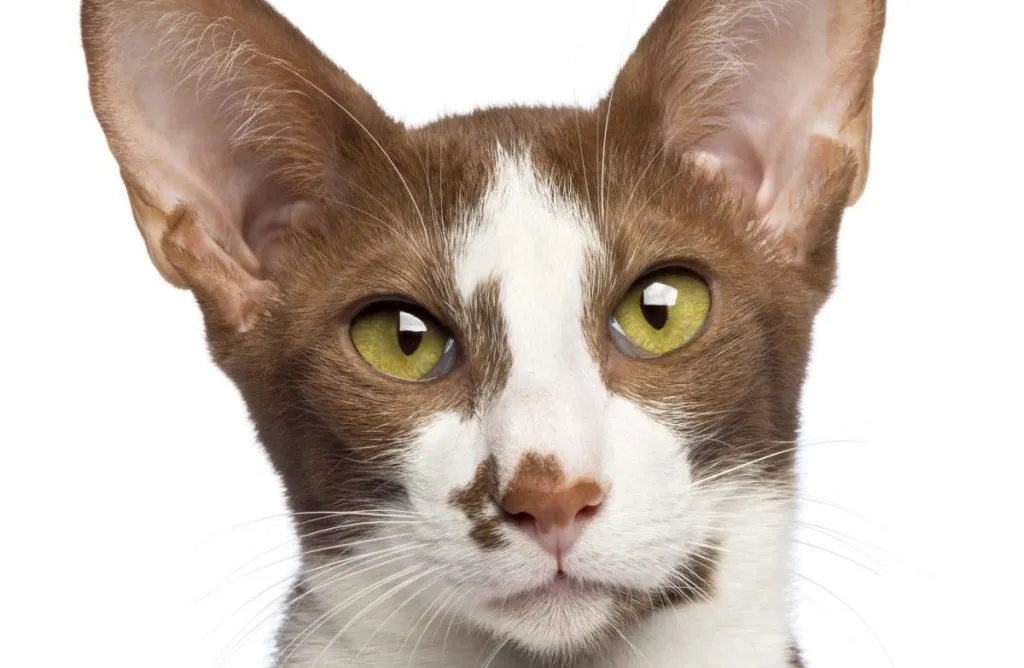The Oriental Shorthair cat breed is known for their sleek and elegant appearance. Sharing similar ancestry, they closely resemble the Siamese cat. With a long, slender body, large ears, and almond-shaped eyes, Oriental cats exude a sense of grace and sophistication. They come in a variety of colors and patterns, including solid, tabby, and bicolor. These feline companions are sociable and intelligent, forming…

There’s nothing more joyous than seeing a cat doing tricks for their owner. This particular video showed an adorable cat…




